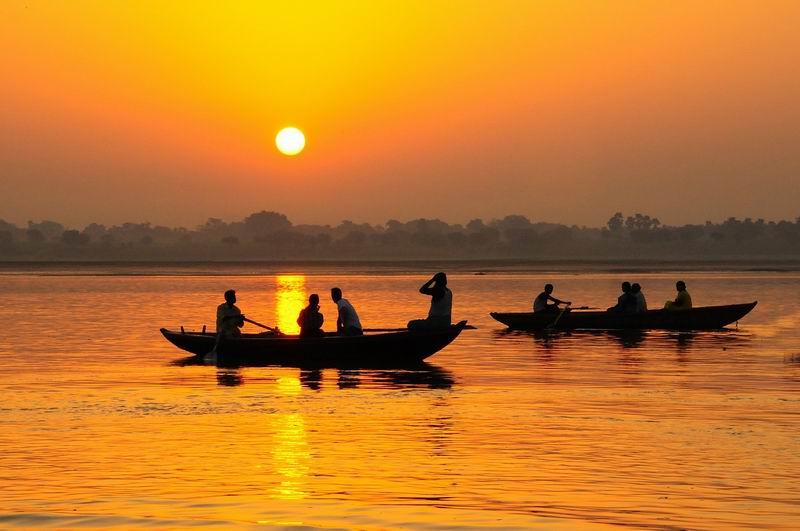With its vast geographic scale and varied topography, the weather conditions in this subcontinent are nothing short of fascinating. The Köppen system, a widely used climate classification system, categorizes India into six major climatic subtypes, each offering its own unique characteristics.
In the western part of the country, arid deserts stretch as far as the eye can see. These regions experience scorching temperatures and minimal rainfall, making them challenging places to inhabit. However, the resilient life that thrives in these harsh conditions is a testament to the incredible adaptability of nature.
Venture towards the northern reaches of India, and you’ll find yourself in awe of the alpine tundra and majestic glaciers. The snow-capped peaks stand tall, beckoning adventurers and nature enthusiasts alike. This region experiences bitterly cold winters, making it a popular destination for winter sports enthusiasts.
As you move towards the southwest, the climate undergoes a dramatic change. Lush rainforests and humid tropical regions dominate the landscape, providing a haven for a wide variety of flora and fauna. The monsoon rains quench the thirst of the earth, breathing life into the verdant forests and sustaining the delicate ecosystems.
Let’s not forget about India’s beautiful island territories. These remote and isolated islands have their own unique climate, shaped by their isolation and proximity to the sea. The combination of warm temperatures and ocean breezes creates a paradise that is unlike any other.
One of the most remarkable aspects of India’s climate is its microclimates. Within the borders of this vast country, you can find regions with starkly different weather conditions, often just a few kilometers apart. This diversity is a testament to the country’s geographical and climatic complexity.











